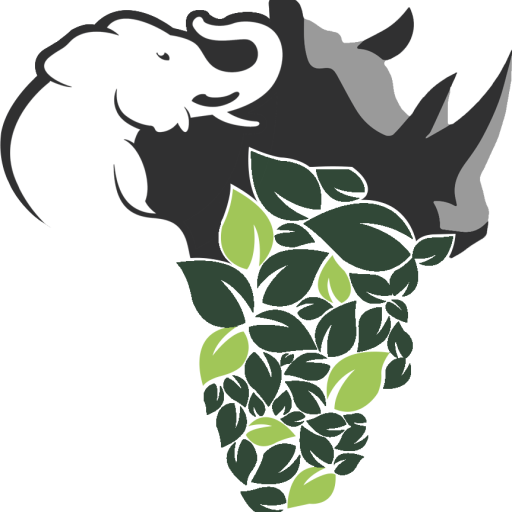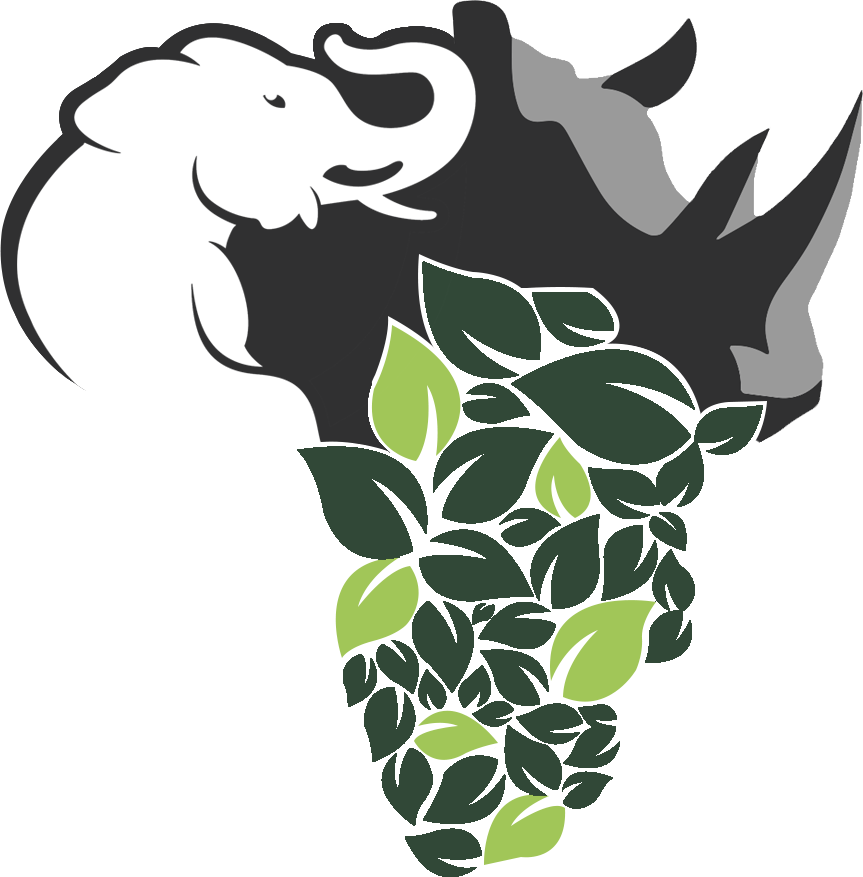THE HOME OF CONSERVATION
What is wildlife conservation?
Wildlife conservation is the preservation and protection of animals, plants, and their habitats. By conserving wildlife, we’re ensuring that future generations can enjoy our natural world and the incredible species that live within it. To help protect wildlife, it’s important to understand how species interact within their ecosystems, and how they’re affected by environmental and human influences.
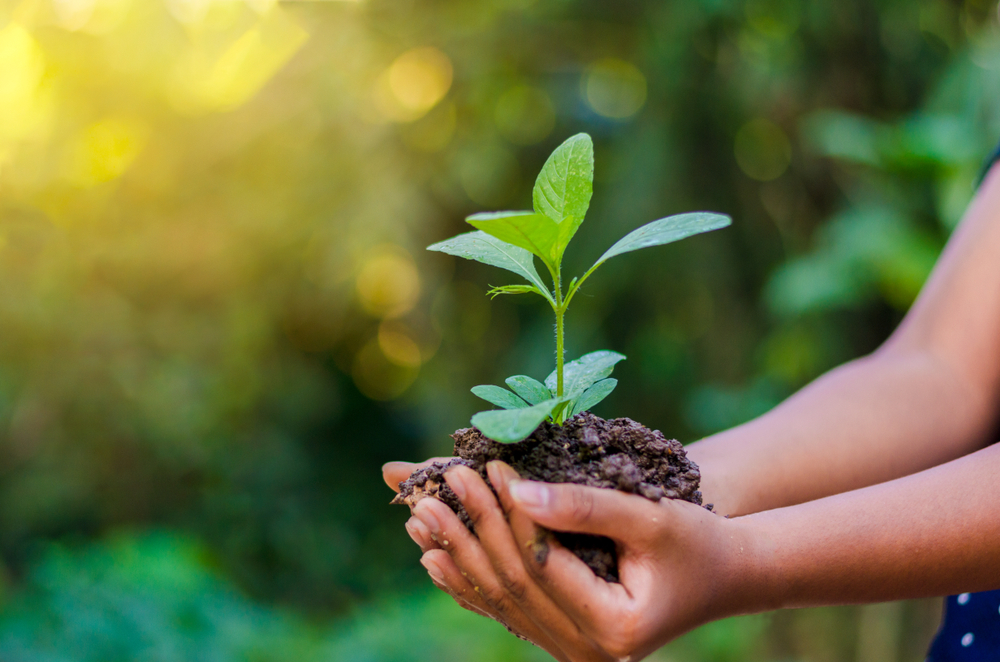
Phenology
Plants and animals have life events that seemingly occur like clockwork every year. Birds can migrate, mammals may hibernate, flowers bloom, and leaves change colors. The study of how the biological world times these natural events are called phenology. Scientists now understand that plants and animals take their cues from their local climate (long-term weather patterns). Climate is impacted by non-biological factors—temperature, precipitation, and available sunlight. Species use the predictable yearly changes in the climate to determine when they start natural events such as breeding or flowering.
Natural Disturbances
The energy we receive from food can be traced back to the sun. As the sun shines, it radiates light energy. Plants absorb the light energy, convert it to sugars (photosynthesis), and produce energy for other wildlife. The energy from the sun moves its way through ecosystems by predators eating their prey. A food web breaks down how all the producers, consumers, and decomposers interact in an ecosystem and how energy is transferred between species.
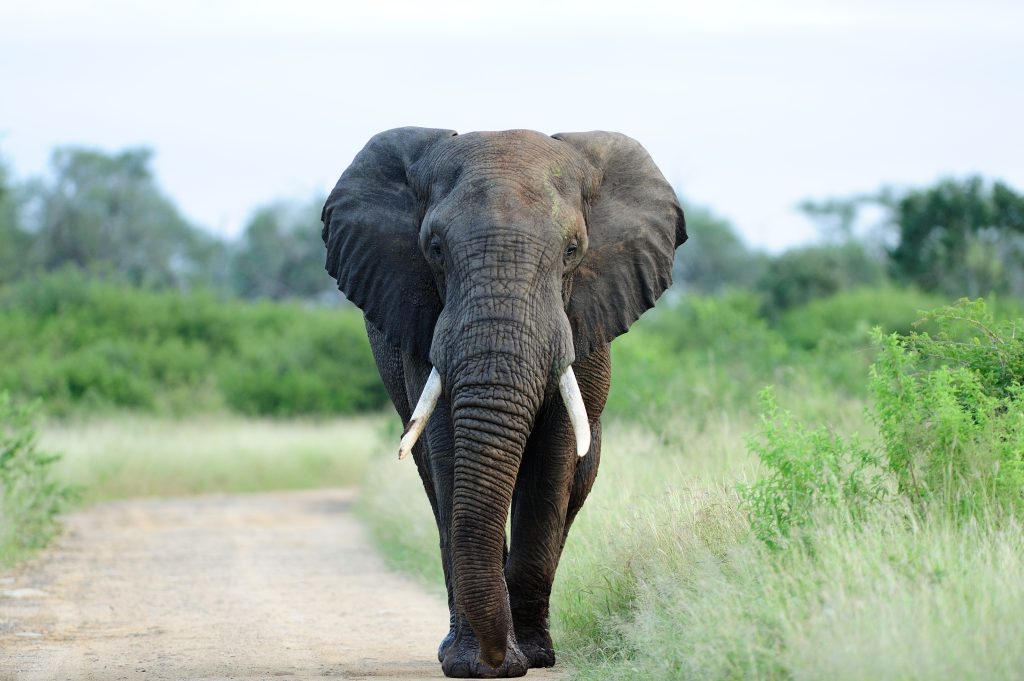
A natural disturbance is any event that causes a disruption to the current state of an ecosystem. Natural disturbances are caused by forces of nature, including weather, geology, and biological fluctuations. This may include fires, floods, earthquakes, diseases, and droughts. After a disturbance impacts an ecosystem, there can be devastation, but healthy ecosystems have an amazing ability to bounce back. Some ecosystems even depend on disturbances, such as the threatened longleaf pine ecosystem. Sometimes the ecosystem will go back to its former structure, with the same plant and animal species. Other times, the disturbance will create something new by allowing new species to populate the area.
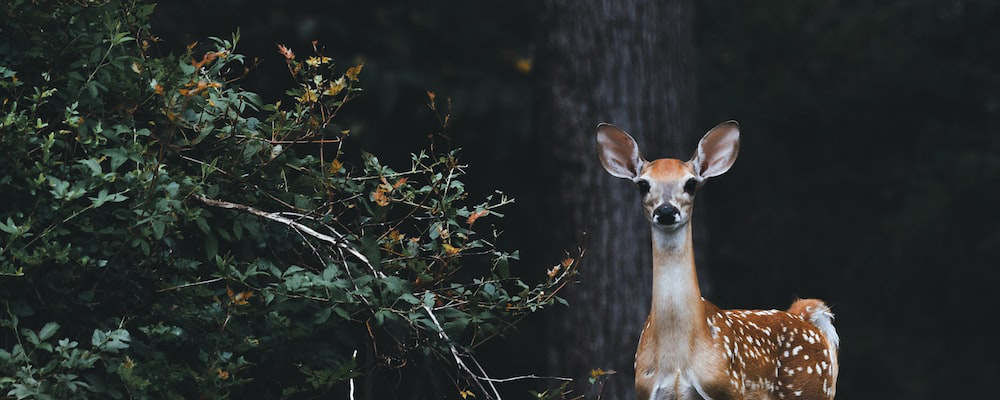
Corridors and Flyways
Wild animals are always on the move. They move from place to place in search of food, mates, shelter, and water. Many animals do not have to move far in order to have all their needs met, but other animals—for example migratory birds, wolves, mountain lions, or butterflies—require much more space. Currently many species with large territories, including gray wolves, are threatened because habitat loss and fragmentation have limited their available space. Roads, fences, and buildings cut off habitats and force wildlife into smaller areas. Conservationists have to take into account the different spatial needs of wildlife when designing plans to protect them. They have to think about the territory size, different habitat types, and migration routes that wildlife needs.
Wild animals are always on the move. They move from place to place in search of food, mates, shelter, and water. Many animals do not have to move far in order to have all their needs met, but other animals—for example migratory birds, wolves, mountain lions, or butterflies—require much more space. Currently many species with large territories, including gray wolves, are threatened because habitat loss and fragmentation have limited their available space. Roads, fences, and buildings cut off habitats and force wildlife into smaller areas. Conservationists have to take into account the different spatial needs of wildlife when designing plans to protect them. They have to think about the territory size, different habitat types, and migration routes that wildlife needs.
― Sylvia Dolson
“Like us, animals feel love, joy, fear and pain, but they cannot grasp the spoken word. It is our obligation to speak on their behalf ensuring their well-being and lives are respected and protected.“
About Game Capturing
It is vital to make use of the services of the best game capturers in the business to limit the space for error when capturing game.
Capturing services include air support as a platform for tracking wounded animals and vaccinations of animals against the dreaded anthrax and botulism diseases. When involved with game capture it is important to keep stress to the animal minimal and this is a fundamental part of our game capture operations.
Game capture is necessary to preserve species and maintain high population numbers in different game reserves. The movement of wildlife will also ensure that successful breeding programs continue and allow the trans-located wildlife to thrive in new reserves.
